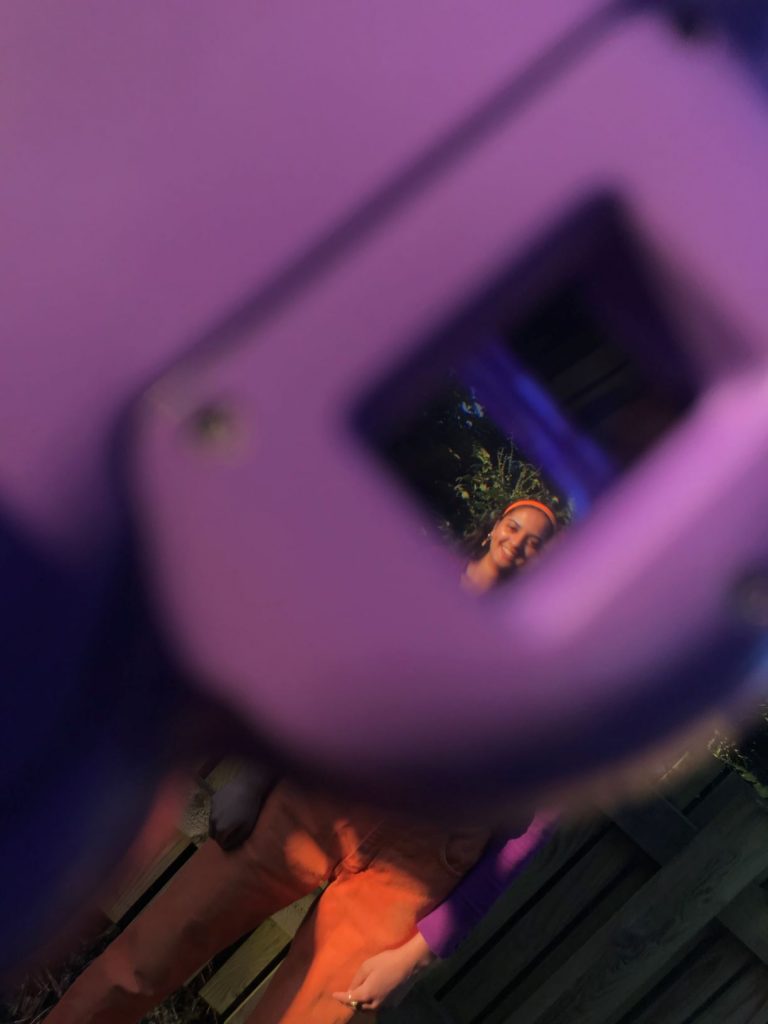There’s nothing like a remake to get fans of the original riled up. The upcoming Netflix series Fate: The Winx Saga, a live-action reimagining of kids’ cartoon Winx Club has been no exception.
For those who did not have the pleasure of watching Winx Club growing up, let me explain. Winx Club was the story of an ensemble of six fairies (Bloom, Stella, Flora, Techna, Musa, and Aisha), following their trials and tribulations learning magic at their school for fairies and fighting enemies.
Fashion was central to Winx Club. The first sentence of the Nickelodeon synopsis I found references ‘six fashion-forward best friends’. Each new series came with an outfit redesign, earned by the fairies as they became more powerful. Videos of the transformations of the fairies from their ‘normal’ outfits into their Winx regalia have millions of views on YouTube. It was the section you wanted to see, the culmination of every season’s hard work; their big transformation just in time to face the villain. Fans had strong opinions on these outfits: have a look at the comment section of any YouTube clip and you’ll see comments comparing their outfits to previous iterations and debating their favourites.
With this in mind, it’s not hard to see why fans of the original were not satisfied by the Netflix remake. Not only is it divergent from the original series both in tone (now darkly lit and serious) and character (suddenly everyone is an awful lot snarkier), but it has also paid no attention to the Winx’s outfits. No one appears to transform or gain outfits of any kind. To quote the main character in the remake, “I’m just kinda bummed I didn’t see a single pair of wings.” Me too, Bloom, me too. We are eventually treated to a single pair of CGI fire wings, but it reads more Balrog than Tinkerbell.
The characters’ iconic colour schemes have also been changed. Bloom is inexplicably dressed in red now instead of her typical light blue. The casting also leaves something to be desired, to say nothing of the very valid accusations of white washing. The actor playing Stella is the only one to have captured the look and spirit of her original, although even she hasn’t escaped the snarky virus entirely.
Given that the show aired primarily in the mid to late 2000s and this is presumably the audience that the Netflix remake is trying to appeal to, who are now grown up with slightly more adult tastes, you can understand the desire to go darker and grittier. However, in doing so they have lost the magic of their source material.
This may seem like a fuss over nothing. Winx Club may appear just like any other standard cartoon about magic, owing a large creative debt to Harry Potter among others. But in fact Winx Club was something different. It was so unashamedly feminine, with a crew of six active female protagonists forming the ‘club’– how many other shows at the time could boast that? It was also hugely successful, rating top of its channel in viewership almost everywhere it was syndicated. 38.5 million people across nine countries watched the series in the just first quarter of 2012. And it wasn’t just watched by girls, despite being targeted at them. The gender mix of Winx Club’s audience was nearly equal across the first three seasons.
Fashion was integral to this. Each character had a signature colour and style which matched her personality. It was also not only about vanity. The characters gained their fairy outfits as a reward for self-sacrifice and loyalty. The show itself was largely themed around friendship and kindness.
Enjoying shows so bright, colourful, and most importantly unashamedly feminine are rare, successful ones even rarer. In removing those features of their remake, Netflix has arguably done a disservice to the important message that women can both be girly and strong, that being either does not require a rejection of the other like we so often see in ‘girl boss’ Hollywood characters.
I’m sure that Winx Fate: The Winx Saga is probably a perfectly acceptable generic action series. But in ignoring the fashion of Winx Club, the creators did not even attempt to understand what fans loved and what made it special. And if the creators did not intend to capture some of the spirit of Winx Club, then why even call it Winx?
Art by Emma Hewlett























